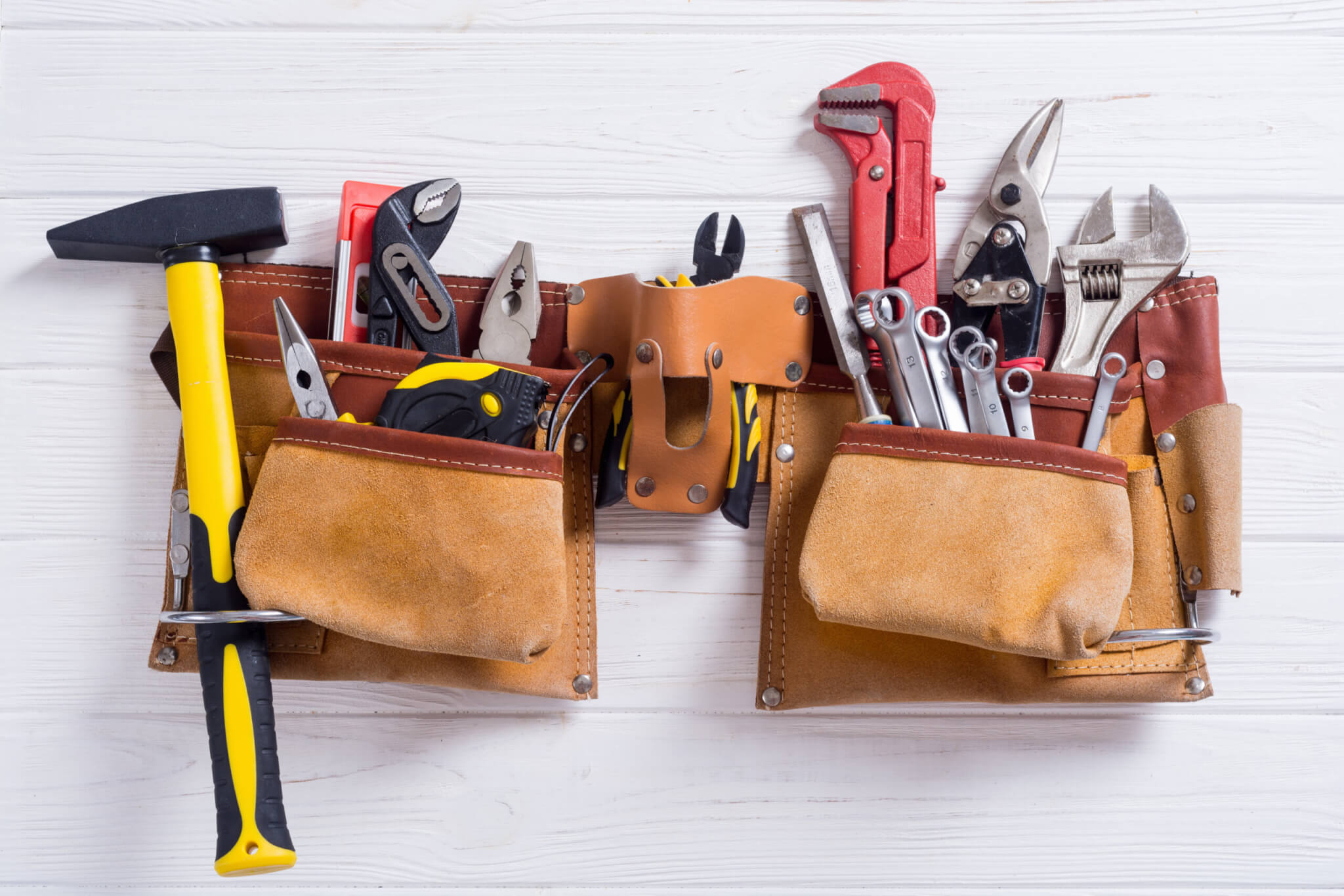

Articles
How To Use Tool Belt
Modified: January 8, 2024
Learn how to effectively use a tool belt with the help of informative articles. Increase your efficiency and productivity on your DIY projects.
(Many of the links in this article redirect to a specific reviewed product. Your purchase of these products through affiliate links helps to generate commission for Storables.com, at no extra cost. Learn more)
Introduction
A tool belt is an essential accessory for professionals in various industries, including construction, carpentry, plumbing, and electrical work. A well-organized tool belt allows you to keep your essential tools within arm’s reach, saving you time and effort during your workday. Whether you are a seasoned professional or a DIY enthusiast, knowing how to properly use a tool belt can significantly enhance your efficiency and productivity.
In this article, we will guide you through the steps of choosing the right tool belt, adjusting it for a comfortable fit, organizing your tools effectively, using the tool belt properly, and maintaining it for long-lasting use. By the end, you’ll have all the knowledge and skills needed to make the most of your tool belt and optimize your working experience.
Let’s dive into the details and get started with selecting the perfect tool belt for your needs.
Key Takeaways:
- Choose the right tool belt by considering material, comfort, and durability. Organize your tools effectively for easy access, and use the belt properly to enhance efficiency and safety.
- Maintain your tool belt by regular inspections, keeping it dry, and cleaning it after each use. Proper maintenance ensures longevity and reliability for years to come.
Read more: How To Use Power Tools
Step 1: Choosing the Right Tool Belt
When it comes to choosing a tool belt, there are several important factors to consider. Here are some key points to help you make the right decision:
- Determine your needs: Assess the type and number of tools you regularly use. Consider the size and weight of your tools to ensure the tool belt you choose can accommodate them efficiently.
- Material: Tool belts are available in a range of materials, including leather, nylon, and canvas. Leather is durable and provides excellent protection, but it can be heavier and more expensive. Nylon and canvas are lightweight and affordable, but they may not offer the same level of durability as leather.
- Number of pockets and compartments: Look for a tool belt with an adequate number of pockets and compartments to hold your tools. Different pockets may be designed for specific tools, such as hammer loops, tape measure holders, and screwdriver slots.
- Comfort and adjustability: Ensure the tool belt has adjustable straps or a buckle system to provide a comfortable fit. Padded belts and ergonomic designs can help distribute the weight evenly and reduce strain on your back and hips.
- Quality and durability: Invest in a tool belt that is well-constructed and made with quality materials. Check customer reviews and ratings to get an idea of the durability and longevity of the tool belt.
Take your time to research and try on different tool belts to find the one that best meets your needs. A well-chosen tool belt will not only enhance your comfort and efficiency but also contribute to the overall safety of your work environment.
Step 2: Adjusting the Tool Belt
Once you have chosen the right tool belt, it’s crucial to adjust it properly for a comfortable and secure fit. Here are the steps to follow:
- Ensure a proper waist fit: Wrap the tool belt around your waist, positioning it at your natural waistline. Adjust the straps or buckles to achieve a snug fit without causing any discomfort.
- Check hip placement: The tool belt should sit on your hips, not on your stomach or below your hips. This positioning allows for optimal weight distribution and ease of access to your tools.
- Secure the belt: Fasten the belt securely, ensuring it is tight enough to stay in place but not so tight that it restricts your movement or causes discomfort.
- Test mobility: Move around and perform some bending and reaching motions to determine if the tool belt stays in place and allows for unrestricted movement.
- Make additional adjustments: If necessary, tweak the strap lengths or buckle tightness until you achieve the perfect fit. Remember, comfort and mobility are key to effectively using your tool belt.
It’s important to regularly check the fit of your tool belt, as your waist size and clothing layers may vary. Additionally, if you experience any discomfort or strain while wearing the tool belt, make adjustments accordingly to ensure your safety and well-being.
With the tool belt properly adjusted, you can move on to the next step, which is organizing your tools within the belt for easy access during your workday.
Step 3: Organizing Your Tools
Proper organization of your tools within the tool belt is essential for efficient workflow and easy access during your work. Here’s how you can effectively organize your tools:
- Categorize your tools: Group similar tools together based on their function or usage. For example, separate your screwdrivers from your wrenches and keep your measuring tools in a designated section.
- Assign pockets or compartments: Allocate specific pockets or compartments for each tool category. This helps you develop muscle memory and quickly locate the tools you need.
- Consider tool placement: Arrange your tools in a way that minimizes interference and ensures easy retrieval. Place frequently used tools in easily accessible pockets, and less frequently used tools towards the back or sides.
- Utilize additional tool holders: Some tool belts come with built-in tool holders, such as hammer loops or tape measure holders. Take advantage of these features to keep your frequently used tools readily available.
- Secure loose tools: Use tool belts with secure closures or additional fasteners, such as velcro straps or snap buttons, to prevent tools from falling out while you move or bend.
Regularly assess your tool organization system and make adjustments as needed. As you become familiar with the placement of your tools, you’ll be able to work more efficiently and with fewer interruptions.
Once you have optimized the organization of your tools, you can move on to the next step of using the tool belt properly, ensuring maximum productivity and safety.
When using a tool belt, make sure to distribute the weight of your tools evenly to avoid strain. Keep frequently used tools in easy-to-reach pockets for quick access.
Step 4: Using the Tool Belt Properly
Using your tool belt properly is crucial for maintaining productivity and safety while working. Here are some tips to help you make the most out of your tool belt:
- Practice tool retrieval: Familiarize yourself with the layout of your tool belt so you can quickly and efficiently retrieve the tools you need without fumbling or wasting time.
- Maintain balance: Distribute the weight of your tools evenly across the tool belt to maintain better balance and prevent strain or discomfort. Avoid overloading one side of the belt, which can cause it to tilt or put unnecessary stress on your body.
- Secure loose tools: Ensure that all tools are securely fastened or tucked away in their designated pockets to prevent accidental drops or loss during movement.
- Use proper lifting techniques: If you need to lift heavy objects, remove any heavy tools from your tool belt first to minimize strain on your body and maintain your balance.
- Take breaks as needed: If you feel fatigued, take regular breaks to rest and readjust your tool belt if necessary. It’s essential to prioritize your comfort and well-being to prevent fatigue-related accidents.
By using your tool belt properly and following these guidelines, you can enhance your efficiency, reduce the risk of accidents, and work more comfortably throughout your projects.
Now that you have learned how to use the tool belt properly, let’s move on to the final step, which is maintaining and cleaning your tool belt for long-lasting use.
Step 5: Maintaining and Cleaning the Tool Belt
Maintaining and cleaning your tool belt is essential to ensure its longevity and functionality. Here are some tips to help you take care of your tool belt:
- Regular inspections: Periodically inspect your tool belt for any signs of wear or damage. Check the seams, pockets, and straps for any tears or weak spots that may need repair.
- Keep it dry: Avoid exposing your tool belt to excessive moisture or wet conditions. If your tool belt does get wet, allow it to air dry before storing it to prevent mold or mildew buildup.
- Remove dirt and debris: After each use, remove any dirt, debris, or sawdust from your tool belt. Use a brush or a damp cloth to wipe away the debris and ensure that the pockets and compartments are clean and free from any residue.
- Condition leather tool belts: If you have a leather tool belt, regularly apply leather conditioner to keep it soft, supple, and resistant to cracking or drying out.
- Store it properly: When not in use, store your tool belt in a dry and clean area away from extreme temperature or sunlight exposure. Hang it or lay it flat to avoid unnecessary creasing or bending.
- Replace worn-out parts: If any parts of your tool belt, such as buckles or straps, become damaged or worn out, replace them promptly to maintain the integrity of the tool belt.
By implementing these maintenance practices and keeping your tool belt clean and in good condition, you can ensure its durability and reliability for years to come.
With the completion of this last step, you are now equipped with comprehensive knowledge on how to effectively use, organize, and maintain your tool belt. By following these steps, you can optimize your workflow, enhance your productivity, and work with utmost safety. Now, go out there and make the most out of your tool belt!
Conclusion
A tool belt is a valuable asset for professionals and DIY enthusiasts alike. It allows you to carry and access your essential tools conveniently, enhancing your efficiency and productivity on the job. By following the steps outlined in this article, you can ensure that you choose the right tool belt, adjust it properly, organize your tools effectively, use it in the correct manner, and maintain it for long-lasting use.
When choosing a tool belt, consider factors such as material, number of pockets, comfort, and durability. Adjust the tool belt to fit your waist and hips comfortably, ensuring it stays in place during your work. Organize your tools in a logical and accessible manner, making it easier to retrieve them when needed. Use the tool belt properly by practicing tool retrieval, maintaining balance, and securing loose tools. And don’t forget to clean and maintain your tool belt regularly to extend its lifespan and ensure optimal performance.
Using a tool belt properly not only increases your efficiency but also reduces the risk of accidents and injuries. It allows you to focus on your work without constant interruptions or the need to search for misplaced tools. With a properly organized and maintained tool belt, you can streamline your workflow, save time and energy, and achieve professional results.
So, whether you’re a professional tradesperson or a DIY enthusiast, harness the power of a tool belt to elevate your work experience. Invest in a quality tool belt, take the time to adjust it correctly, keep your tools organized, use it properly, and maintain it regularly. Your tool belt will become an indispensable companion, ensuring that your tools are always within reach, enabling you to tackle any task efficiently and effectively.
Frequently Asked Questions about How To Use Tool Belt
Was this page helpful?
At Storables.com, we guarantee accurate and reliable information. Our content, validated by Expert Board Contributors, is crafted following stringent Editorial Policies. We're committed to providing you with well-researched, expert-backed insights for all your informational needs.
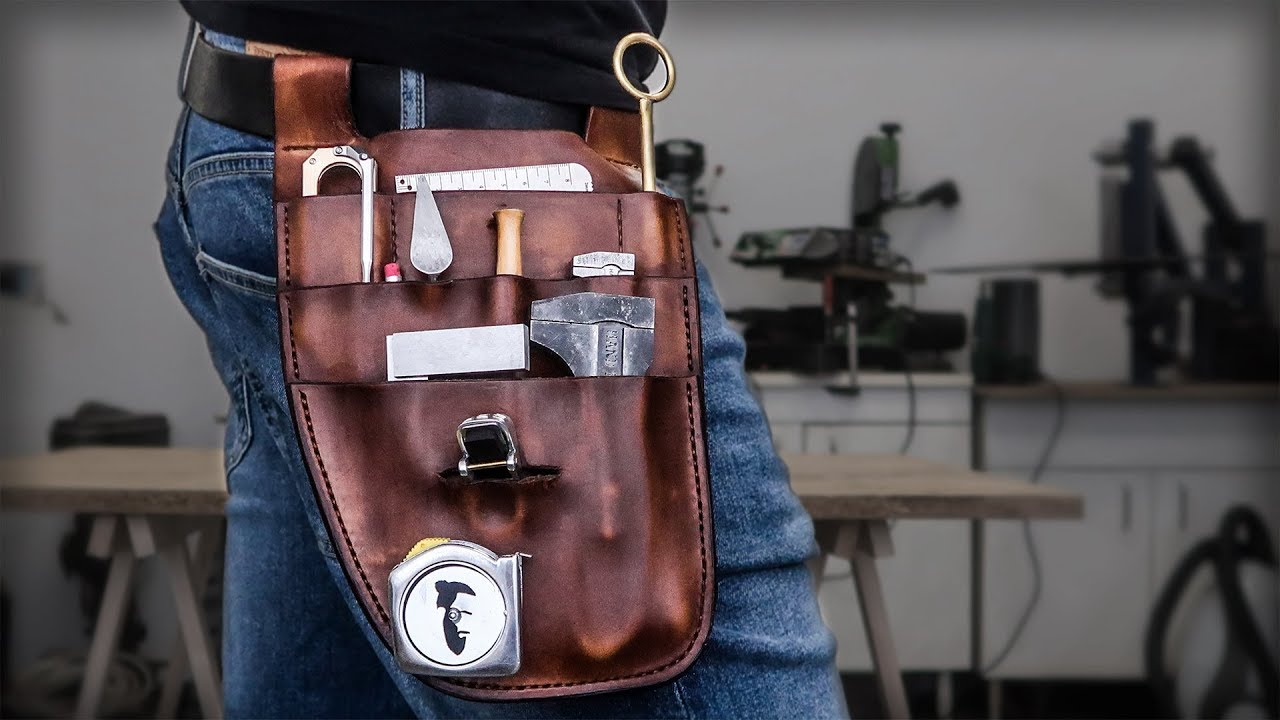
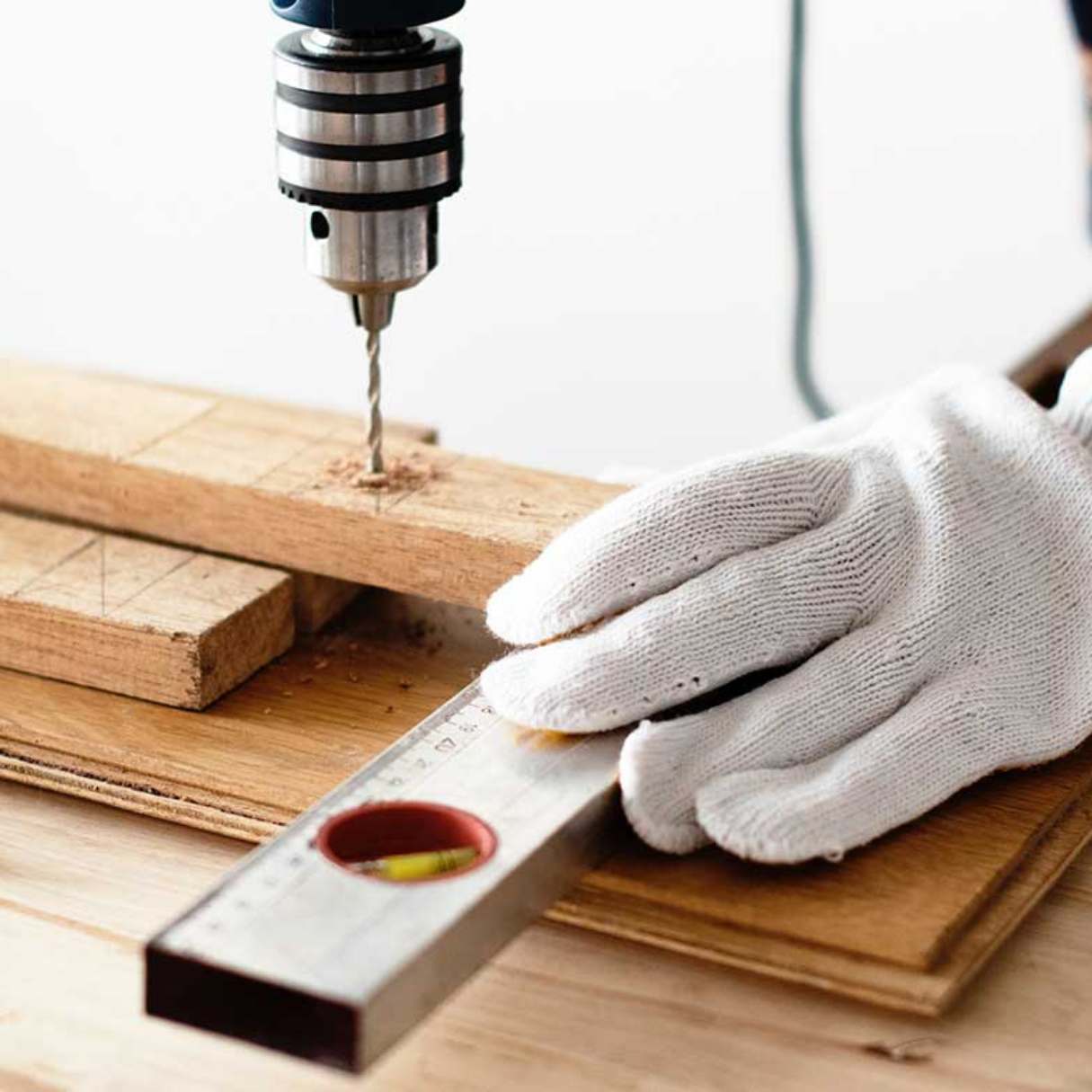
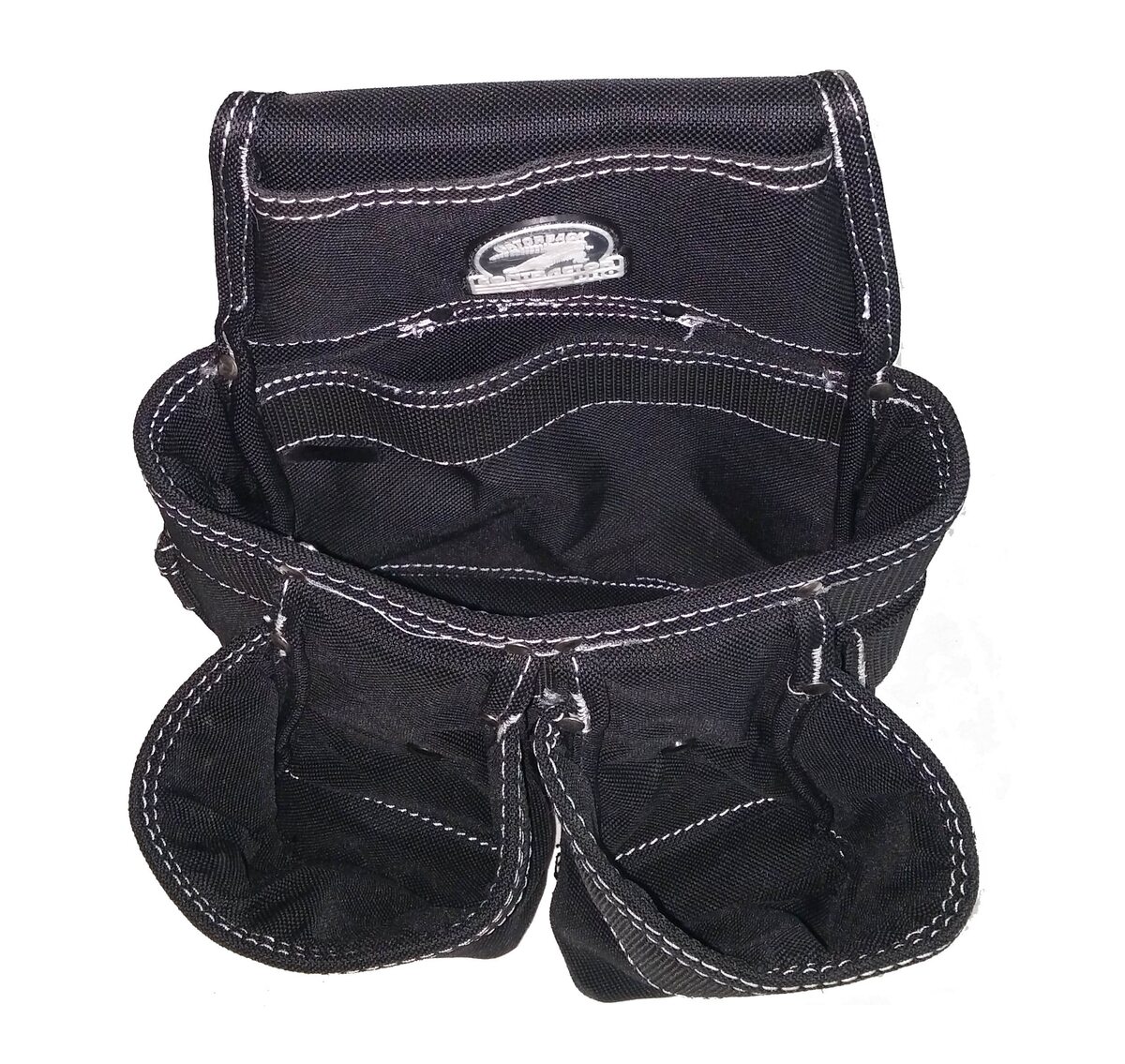


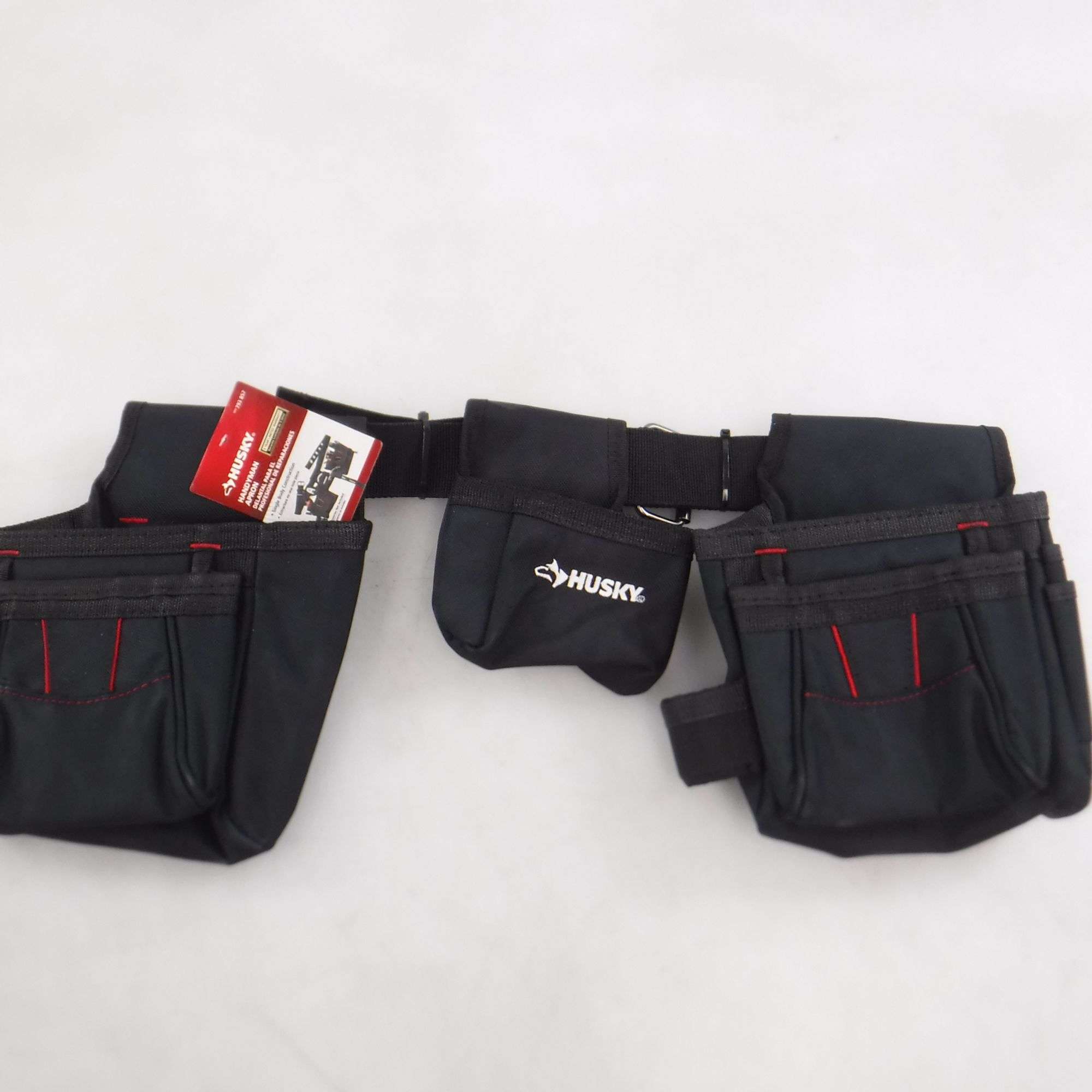

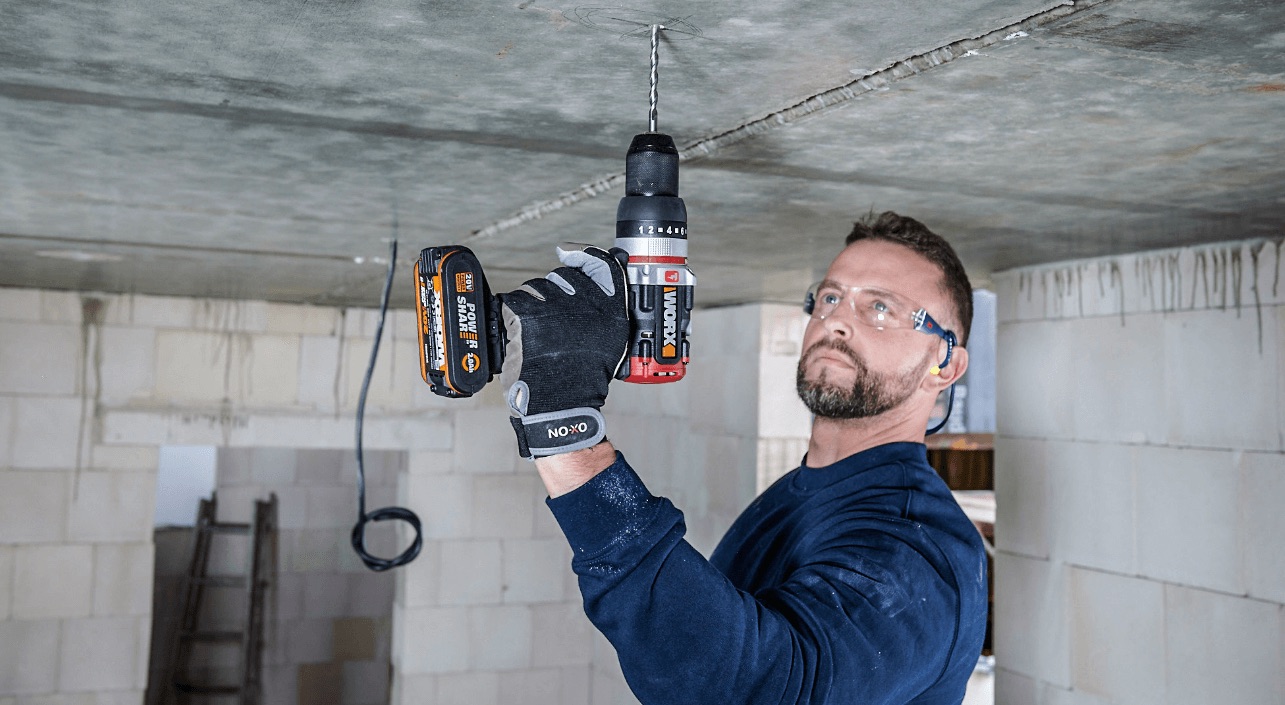
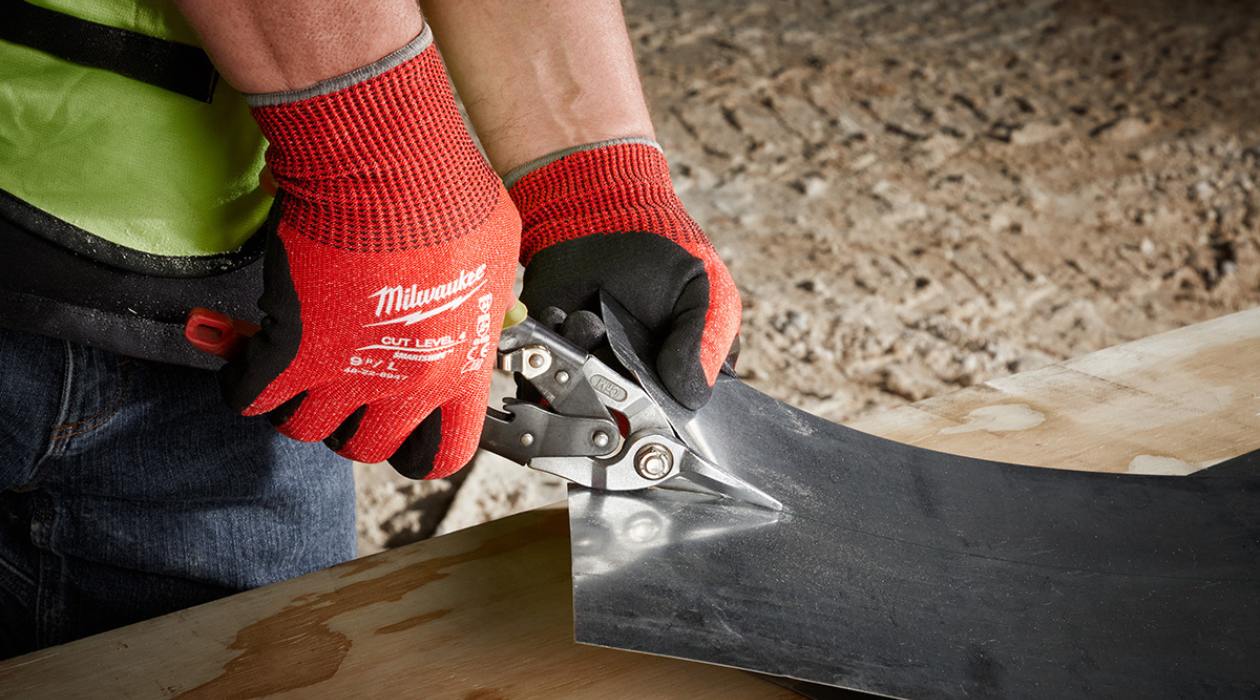
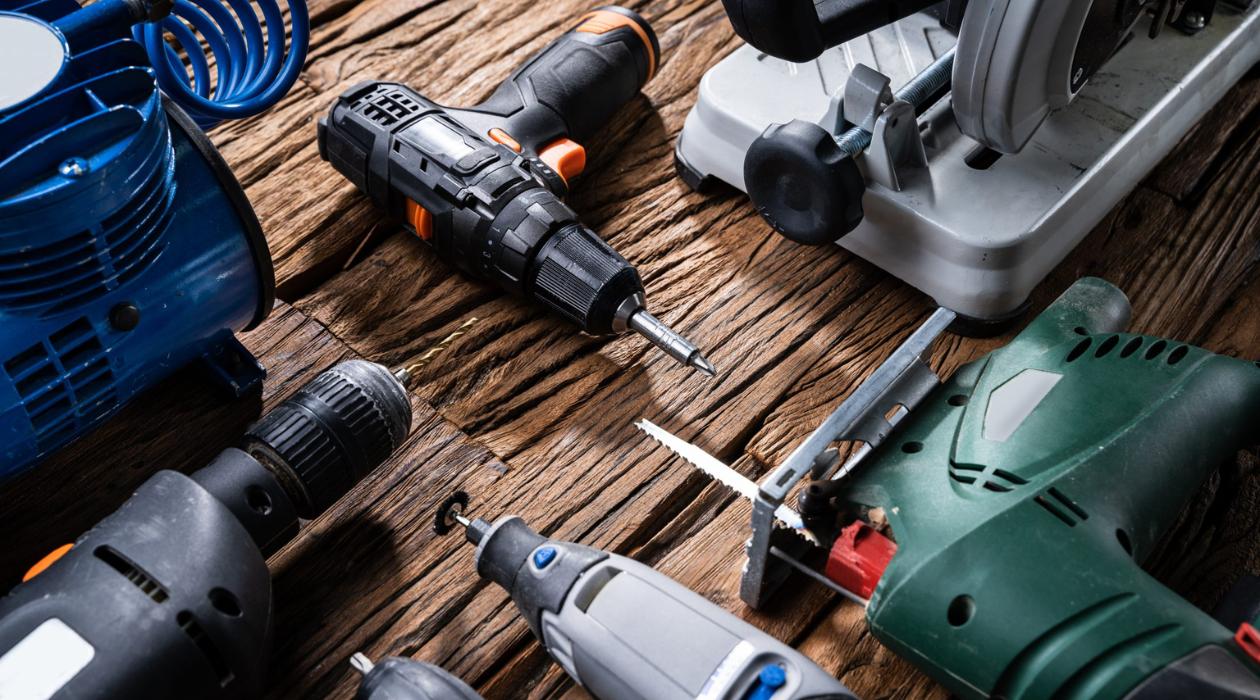
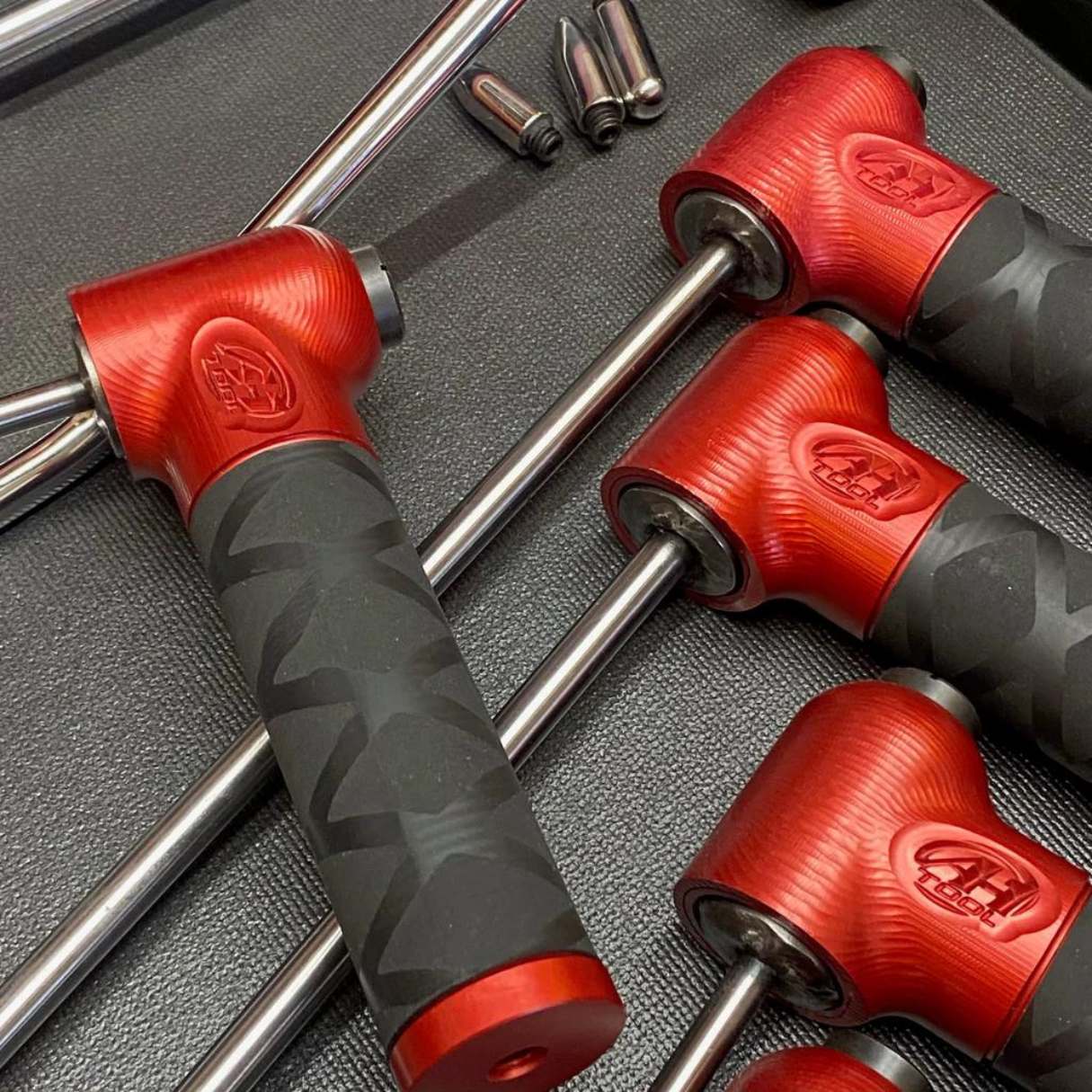

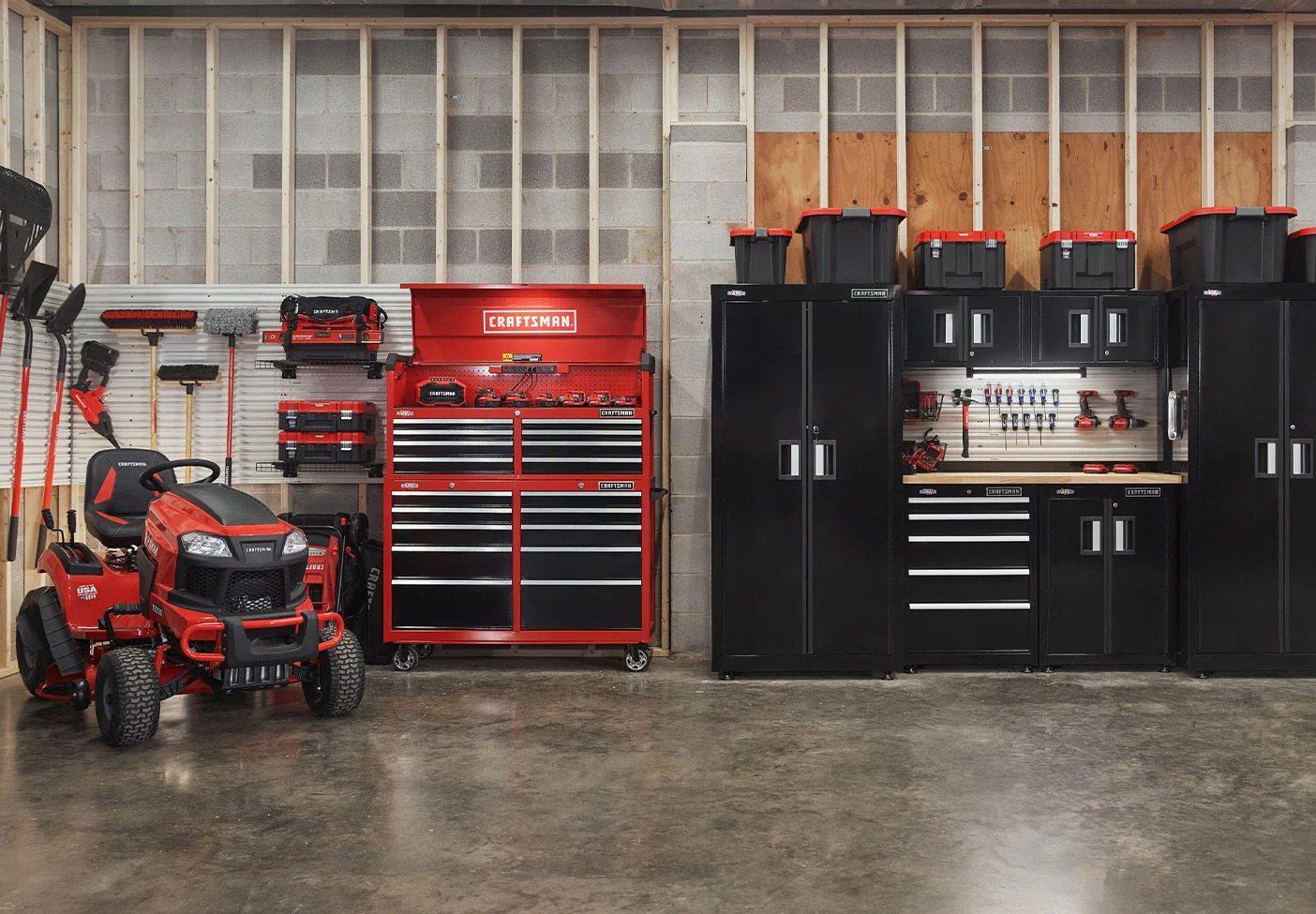
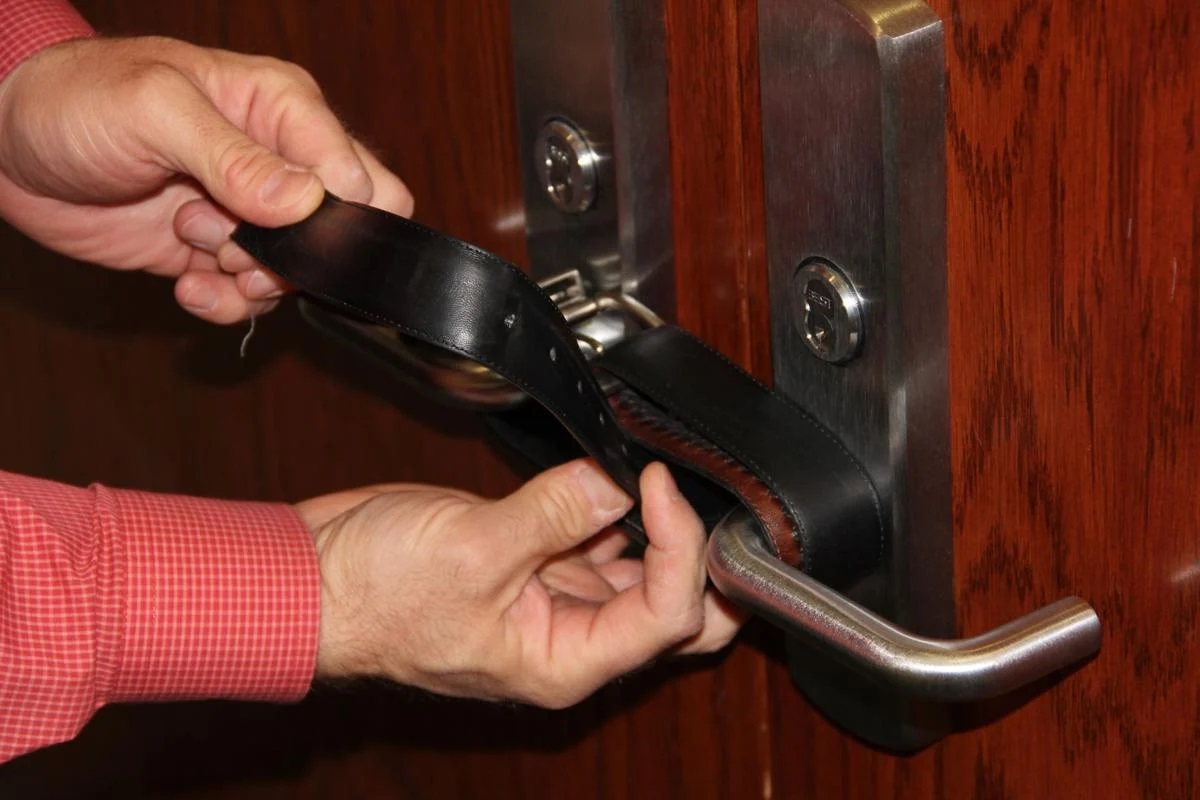

0 thoughts on “How To Use Tool Belt”